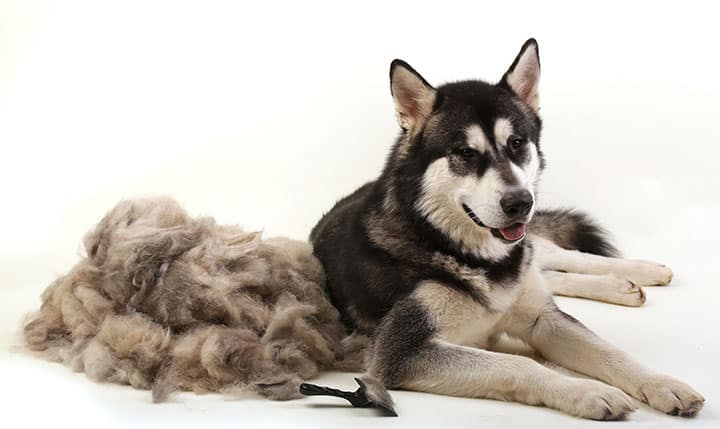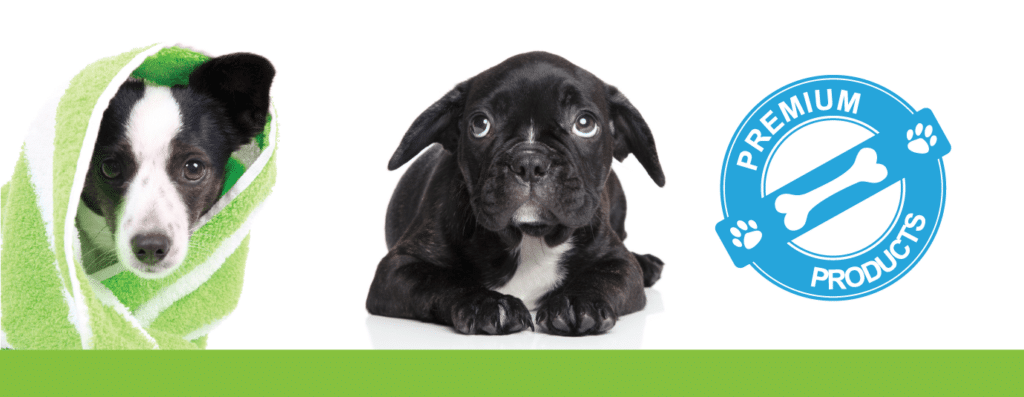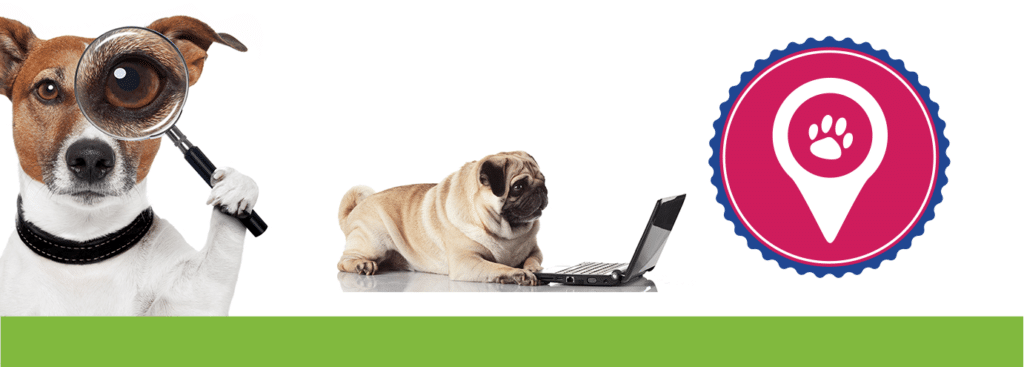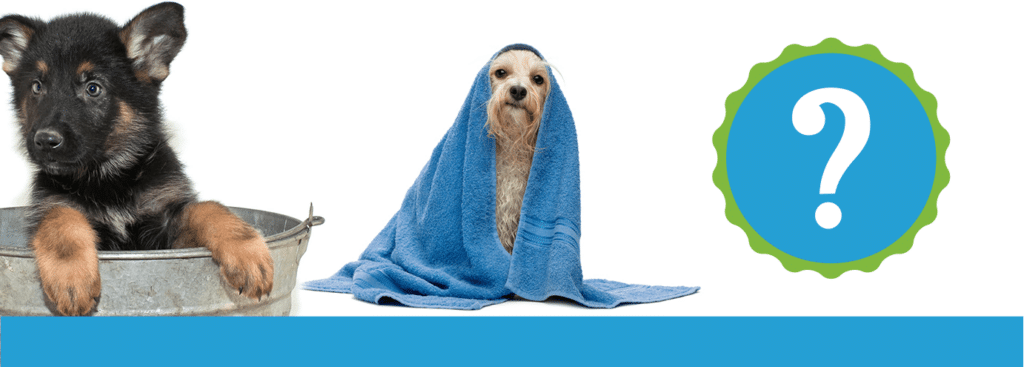We\’re Answering the Age Old Question, Do Dogs Have Hair or Fur? Finally the Debate is Settled
Determining whether dogs have hair or fur is a pretty common question. Even some groomers debate over what the correct term for the ‘soft stuff’ that makes up a dog\’s coat. Most groomers say fur, stating that hair is on humans—fur is on dogs. Another misinterpretation is that hair will grow forever unless it is cut or damaged, while fur has a growth threshold. Not true. The debate rages on. It\’s just one of those semantic arguments that rival the ridiculousness of whether cats or dogs are truly better. Still, we just need an answer.
Many people also believe that dogs who have hair, instead of fur, are hypoallergenic. Or, that their dog does not shed because he\’s furry, not hairy. Others believe that a dog with \”hair\” is more sought after because it makes the dog unique. This gives pet owners a mistaken point of pride. We\’re here to dispel the myths. We sought out to finally put the debate to rest and finally establish the true difference. So, do dogs have hair or fur?
Technically hair and fur are the same things. The truth is there is no chemical difference between hair and fur. They are 100% biologically the same thing. The reason there is a distinction is that there are some key differences when it comes to our four-legged friend\’s coat but not on the biochemical level. The real differences are the descriptions we use to categorize different dog\’s coats.
Hair and Fur are the Same
Both fur and hair are made up of the same chemical—keratin—which is also present in skin and nails. This means that both fur and hair are chemically indistinguishable. The implications of this is that the reason a dog might be considered hypoallergenic is not that a dog has either hair or fur. It\’s actually due to the texture of their coat and how much grooming the dog receives.
Each strand of hair begins at the root whether on a human scalp or in the coat of a dog. Each individual strand goes through a cycle of either growing or not growing. The actual part of the strand that is growing is underneath the skin pushing the hair further along. The variation of the cycle is different for each animal. Uncut hair grows at the same rate as recently groomed hair. What deters or stimulates hair growth is a disturbance at the hair follicle, which is beneath the skin.
The Growth Cycle
What we consider to be “hair” does have a longer growth cycle than what we consider to be “fur.” Outside of the indistinguishable biological factors. This is one of two key differences. The time it takes hair to complete a growth cycle is longer than fur. The hair cycle happens in four different stages—Anagen, Catagen, Telogen, and Exogen.
- Anagen—This the phase of new hair growth.
- Catagen—This is the transitional phase when hair stops growing and an outer sheath attaches to a hair strand.
- Telogen—This is the resting phase.
- Exogen—This is when hair stops growing and begins falling out to make room for another strand moving into the anagen phase. With dog\’s this is what we refer to as shedding.
Hair grows as long as the hair follicle is in active growth during the anagen stage. Depending on genetic factors, a dog can be predisposed to be in the active growth stage from anywhere from years to only a few weeks. Dogs with coats that are genetically programmed for a brief growth cycle are more common. Longer growth cycles of a dog\’s coat mean they will shed less. Environmental factors can also affect the growth cycle. Double-coated dogs will have longer exogen phases during the summer to prepare them for insulation during the cold winter.
The telogen phase on human arms and body are much longer than scalp hair. For dogs, and all other mammals, different hair follicles will be in different stages. Some hair follicles are in anagen while others are in catagen or telogen. This is why some dogs are constantly shedding.
Texture: Hair Vs. Fur
Coat texture is different from dog to dog, and from breed to breed. Pet groomers describe texture in terms of silky, wiry, wavy, or corded. Each texture is groomed accordingly.
Fur is considered to be shorter and denser. If a dog is double-coated, the undercoat will be a finer texture than the overcoat. This makes the shedding process easier after the cold months.
Hair has a tendency to be longer and finer or can veer toward wavy or curly. Curly hair is more likely to trap dander and dead hairs inside the coat. This why many believe dogs like the Poodle to be hypoallergenic.
Dealing with Allergies
The main source of allergic reactivity stems from a pet\’s saliva. A sensitivity to a certain protein which is found in a pet\’s saliva and skin causes the symptoms of allergies. This protein covers a dog\’s coat.
Dogs with curly hair like Poodles appear to shed less and don\’t have an undercoat. Not only do the tight curls lock carriers of common allergens inside the coat—dead hairs and dander. These dogs also have longer stages of anagen than other breeds. This is why many think these dogs will not irritate those with allergies. Breeds that shed less or have a coat that retains loose or dead hairs are an allergy sufferers best bet. Kerry Blue Terriers, Schnauzers, Bichons and Lhasa Apsos all fit this category. These dogs also have less water resistant oils on their skin than other sporting breeds.
However, just as there is no real chemical difference between hair and fur. There is no such thing as a completely hypoallergenic dog. Maybe \’allergenic-resistant,\’ but the only case of a true hypoallergenic animal is isolated to a cat. A company called Allerca developed a single line of cats with a natural genetic mutation that held no Fel d 1 protein—the protein found within cats that fires up allergy symptoms. However, the company stopped operating under the Allerca domain in 2015. Some breeds of cats are considered low allergy because they do not produce enough Fel d 1 protein to be considered allergenic.
Unfortunately for the dog lovers with allergies, all dogs produce dander and have proteins in their saliva that will make your eyes itch and your throat scratchy. The best way to keep your allergies at bay with a dog is regular bathing and brushing. This removes dander and dead hairs. Bathing your dog at least once a week helps maintain their skin\’s pH balance, keeps your furniture clean & you allergy free, and is the best preventative care for their overall health.
The Final Verdict
Fur is the more correct term to use when referring to dogs. The term \”hair\” does not account for dog\’s long period of growth. Fur meets this criterion and more accurately describes the plushness of a dog\’s coat.



